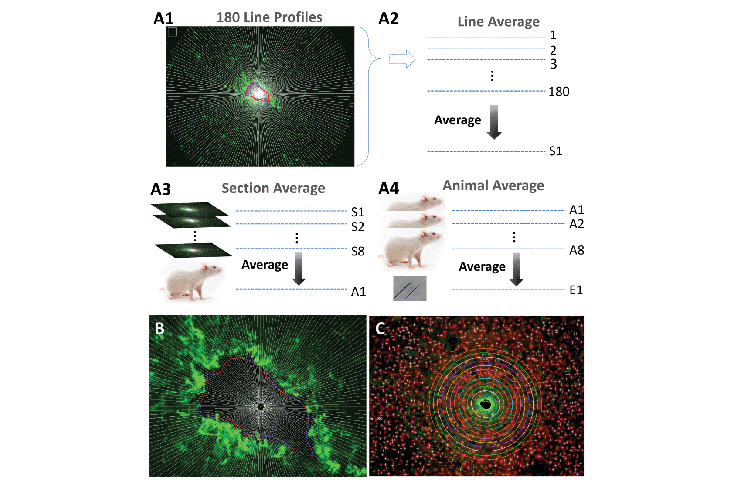
Braided multi-electrode probes (BMEPs) for neural interfaces comprise ultrafine microwire bundles interwoven into tubular braids. BMEPs provide highly flexible probes and tethers, and an open lattice structure with up to 24 recording/stimulating channels in precise geometries, currently all within a 150∼200 μm diameter footprint. This paper compares the long-term tissue effects of BMEPs ( 12×9.6μm wires) versus single conventional 50- μm wires, by testing nearby chronic immune response and neural survival in rat cortex. Four different types of electrodes were implanted in cortex in each of eight rats: 1) BMEP with tether; 2) tethered 50- μm wire; 3) BMEP without a tether; and 4) untethered 50- μm wire. Quantitative immunohistological statistical comparisons after eight weeks using GFAP, ED1, and NeuN staining clearly showed that both BMEP implants had significantly less tissue immune response and more neuronal survival than either of the 50- μm wires ( p<0.05 ) in each of the eight rats. Data strongly indicate that BMEP tissue responses are superior, and that BMEP designs partly alleviate chronic tissue inflammatory responses and neural losses. The flexible body, tether and open braid lattice, and finer wire diameters of BMEP designs may all contribute to reducing the biological long-term response.

